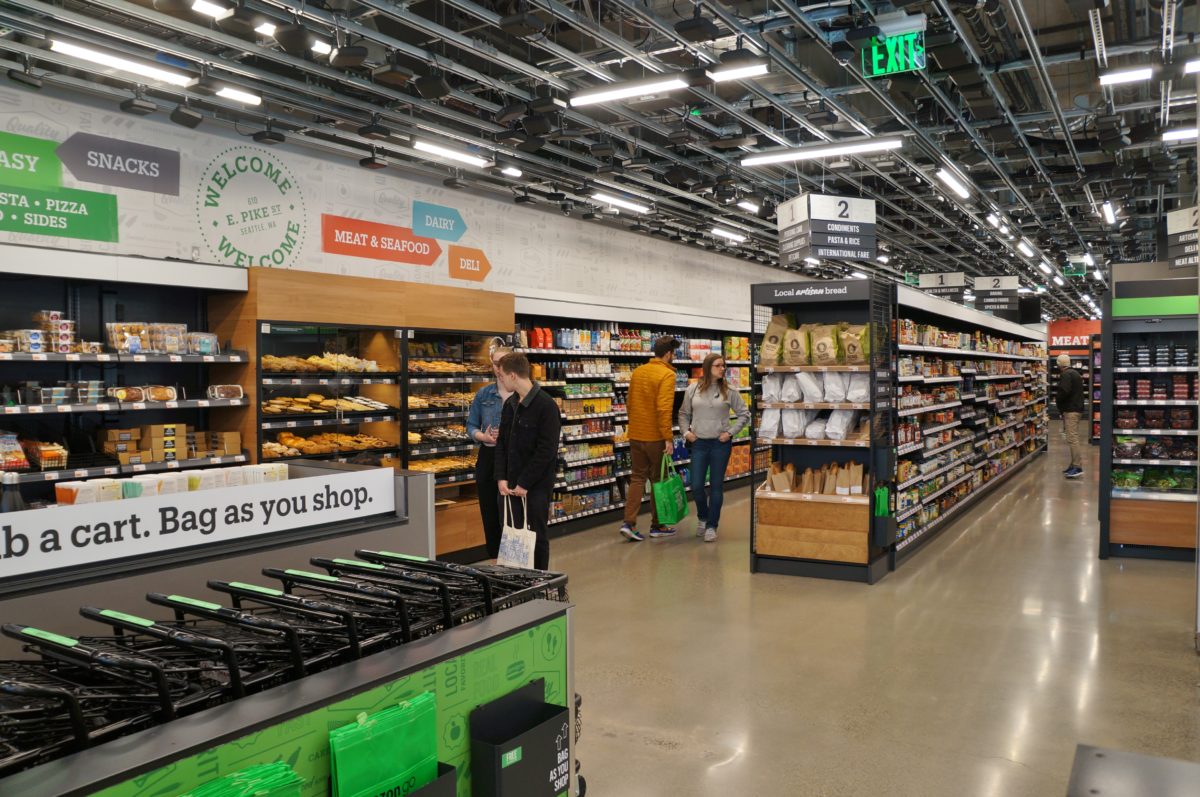The Internet of Things (IoT) is transforming the competitive landscape
The world is increasingly connected through smart devices that not only communicate with one another, but generate huge volumes of valuable data. Processing these large amounts of data enables the development of tools that simplify people’s lives and support companies to remain competitive. “IoT offers us the opportunity to be more efficient in how we do things, saving us time, money and often emissions in the process,” said Matthew Evans, the IoT programme head at techUK, during an interview for WIRED.
IoT technologies are spreading. Intelligent devices have enormous potential and will continue to evolve, despite numerous challenges putting the IoT developers to the test.
With more than 22 billion IoT devices around the globe, IoT technologies play an increasingly significant role in our lives. Let’s take a cycling tour as an example. As soon as you jump on a bike, you turn on the positioning signal in your smartwatch to track speed and performance. From traffic data collected through a network of sensors and users, Google informs you of a traffic accident on the road. Your weather forecast App warns you of a potential blizzard on the pass up ahead. However, the journey proceeds smoothly, without rain and with spectacular scenery along the way. You make it home, tired but enthusiastic about the experience. All data collected on the route are automatically processed by applications like Strava and Veloviewer and turned into a stunning video to share with your friends.
Aside from the personal use of smart devices, the most important market for IoT applications is the industrial sector. IoT technologies are today used throughout the entire product life cycle. Industrial machines are equipped with sensors to track performance and the risk of breakdowns. These machines communicate with each other and cooperate to ensure a steady flow of activities on the assembly line. Finished products are loaded onto a fleet of trucks, cargo ships and aircraft fitted with sensors to ensure that the temperature is adequate for the preservation of the goods. Logistics is monitored by satellite tracking to minimise shipping distances and optimise delivery times.
IoT also has a place on the shop floor. Amazon Go is, without a doubt, the most famous and successful large-scale IoT implementation. Leveraging the full potential of IoT, Amazon Go stores offer a shopping experience without lines and checkouts. This revolutionary shopping concept, known as “Just Walk Out Shopping”, is achieved through various innovative technologies such as computer vision, sensor fusion and deep learning. Sensors automatically detect when products are picked up or returned to the shelves. Once shopping is finished, the customer can “Just Walk Out” and the receipt is sent to their Amazon account. In this way, the Internet of Things reduces maintenance costs, speeds up service and improves the customer experience.

Access to large volumes of data is leading to increased uptake of IoT technologies. However, the advantages of IoT are coupled with challenges. To collect more and more data, many sensors are required. Once collected, significant transfer capacity is needed to promptly send the data to the main computing platform. Moreover, robust algorithms are essential to process the data efficiently.
And that is not all. There is another trade-off that challenges IoT developers. The more data to be transferred and processed, the more energy is needed. Energy, processors and batteries are expensive and are not evolving as fast as data processing algorithms or other IoT technologies. This is one of today’s major bottlenecks that, once solved, will open the door to a new generation of IoT devices.
The future of IoT is moving towards the miniaturisation of electronics and the development of more sophisticated sensors. The goal is to continue expanding the capabilities of human beings, helping them in their personal and professional lives. The network of IoT devices is expanding around the world, providing important insights for decision makers. Machine learning and artificial intelligence algorithms are becoming very efficient and more relevant for many companies. Together with the deployment of 5G network and satellite signals, these technologies are allowing the Internet of Things to take off.